CASA BLOGS
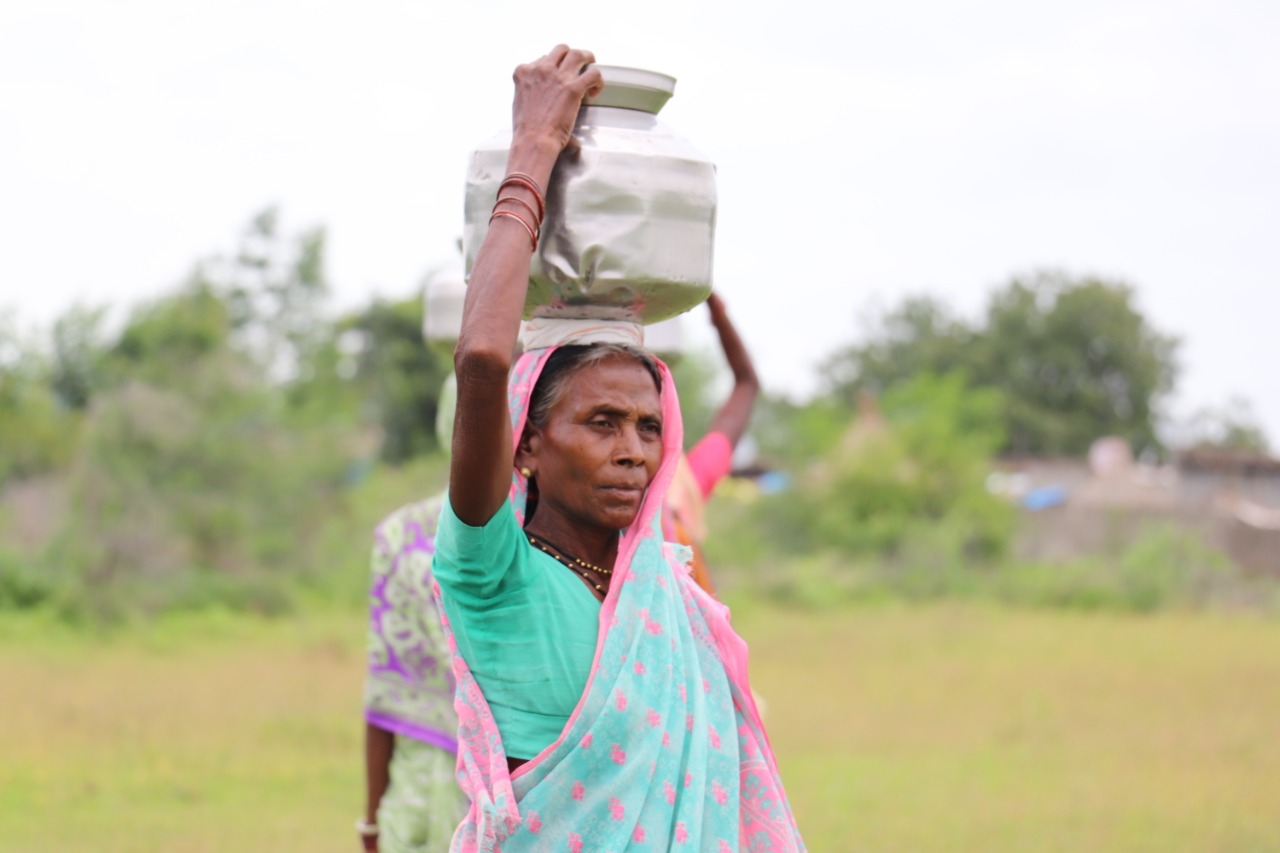
Impact of Climate Change on Women
Climate change is a prevailing problem globally whose hazardous repercussions extend beyond the environment. Shrinking glaciers, extinction of plants and animal species, mutation, rise in the Earth’s average temperature and triggered seasonal fluctuations, are some of the impacts of climate change that have already grabbed the headline. Certain early predictions pertaining to climate changes had warned the global population regarding the loss of sea-ice, rise of sea levels, frequent floods and extended periods of intense heat waves. Not only did the predictions prove to be true by manifesting themselves into reality to a larger extent, but also wreaked havoc with such an accelerated pace that we hope it was just a nightmare that we could forget.
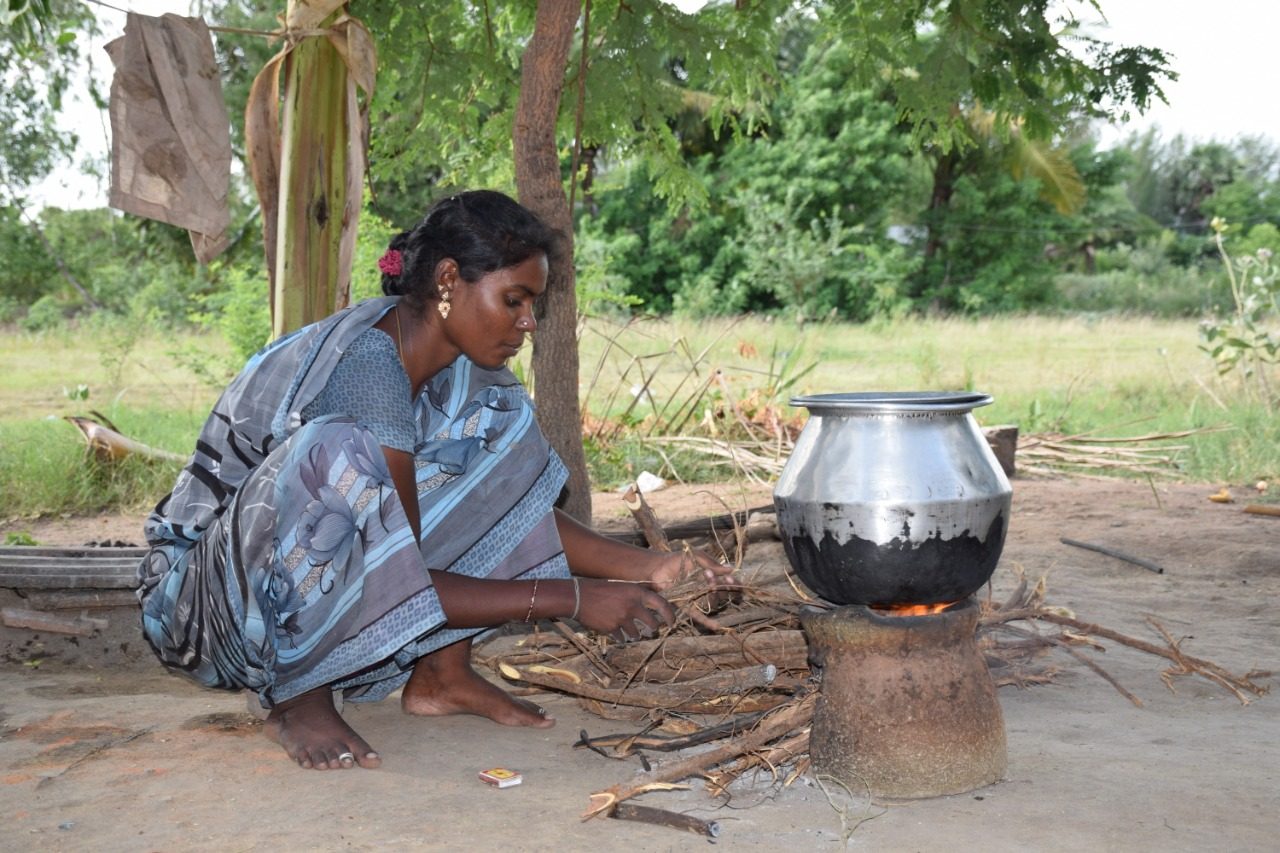
One of the most remembered environmental activism, The Chipko movement of 1973, was driven by women to preserve forest which was essential to their existence and social wellbeing. The inspiration for the movement dates back to 1730 when more than 363 Bishnois sacrificed their lives to save Khejri trees, in response to the call by Amrita Devi, a woman. It would, therefore, not be excessive to state that women have been associated with the cause of nature since ancient times. These movements and multiple cultural celebrations that fosters ecofeminism, rise with an impetus to the awareness that women and the environment are deeply influenced by each other. While climate change brings about an unprecedented loss to the environment, it is more likely to impact women as compared to others.
The reason why women are more vulnerable to climate change can be categorized into cultural, physiological and psychological sections. Culturally, women in many rural and urban households are still in charge of managing the resources within a household. A huge part of these resources is natural ones derived from forests or farmlands. Climate change has a direct relation to the loss of natural resources, where one triggers another. Further, a large section of rural and semi-urban India has limited access to electricity which compels women to use inefficient energy sources such as biomass and coal. Since women usually spend more time in household chores, the increase in global warming and exposure to pollution can highly threaten their longevity and health.
Women also suffer multifaceted issues with physiological well-being in general which attains severity with climate change. It has been found in several studies that women, especially older and pregnant women, suffer a greater burden of health issues due to global warming. Women differ from men in their physiological compensation to elevated temperatures, which contributes to their biological vulnerability. They dissipate less heat by sweating, have a higher working metabolic rate, and have thicker subcutaneous fat which decreases radiative cooling. Therefore, women have slower adaptability to the rise in temperature and seasonal fluctuations which may further lead to reduced psychological and reproductive vigour.
Moreover, the deteriorated air quality hampers human’s cardiopulmonary health. It has been scientifically approved that pulmonary deposition of inhaled particulate matters may generate more health risks in women than in men. Also, women are at higher risk of cardiovascular complications.
Changes in climatic patterns often result in natural disasters like hurricanes, floods, droughts and wildfire. These disasters can affect a person mentally as well as physically. Women are less likely to survive these disasters as compared to men, which could be attributed to the prevailing social inequalities in our society. Women are more nutrient-deficient than men leading to poor physical health and vulnerability to resource shortage because of devastations. Anaemia and calcium deficiency is also largely common in menstruating women and those approaching menopause. With the loss in vegetation, depleting natural resources and increasing natural disasters, women rarely have the opportunity to negotiate with varying nutrition needs at different phases of reproductive health and menstrual cycles.
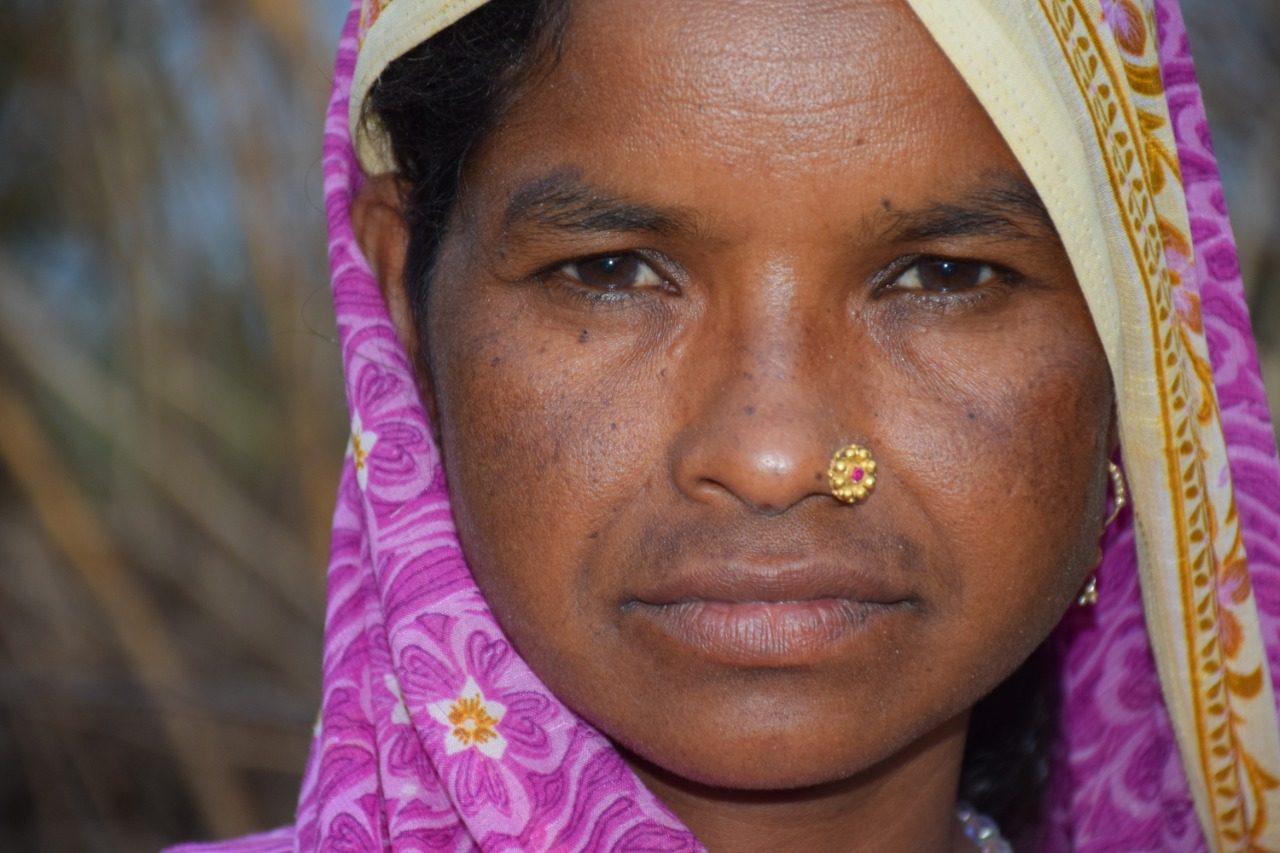
Women are more prone to physical, sexual and domestic violence during these climates driven disasters. They bear the brunt of frustrations that the rural population suffers due to crop failure, natural disasters and other impacts of climate change. For instance, water scarcity is a problem experienced all around the world in varying proportions, yet it has a direct and severe impact on the health of women. The limited availability of clean water forces people to utilize water which is contaminated. Since ancient times, women fetch water for the family and the contaminated water expose women to a higher risk of water-borne diseases. Additionally, women, during menstruation and pregnancy, need sufficient water for health and hygiene purposes.
Another repercussion of climate change is the alteration in temperature and precipitation, which increases the geographic range and abundance of disease-carrying vectors. This exposes more people to tick-borne and mosquito‐borne illnesses. Women have a higher risk of acquiring vector-borne diseases as they have different biological susceptibility. Pregnant women are the most vulnerable to a higher risk of coming in contact with vectors. Also, physiological changes during pregnancy increase mental and physical vulnerability. The health of the infant is also directly associated with the mother’s wellness. Therefore, along with women, the unborn generation is also at a greater risk of health-related difficulties due to climate change.
As previously discussed, the psychological impact of climate change on women can be easily perceived with their vulnerability to violence and the changing hormonal activity through the menstrual phase. Since women suffer the repercussion of climate change from various dimensions, therefore, more involvement of women in the process of prevention of climate change will prove to be more beneficial. Apart from the benefit to the climate, women will also reap the benefits, especially rural women. This does not mean that others should stop their efforts. We need to come together and put in our joint efforts in order to save our planet.
By: Janvi Bhandari
Edited by: Kajol Tanaya
 Previous Blog Post Giving Hope to the Marginalised
Previous Blog Post Giving Hope to the Marginalised Overcoming Gender and Poverty Barriers
Overcoming Gender and Poverty BarriersFeatured Post
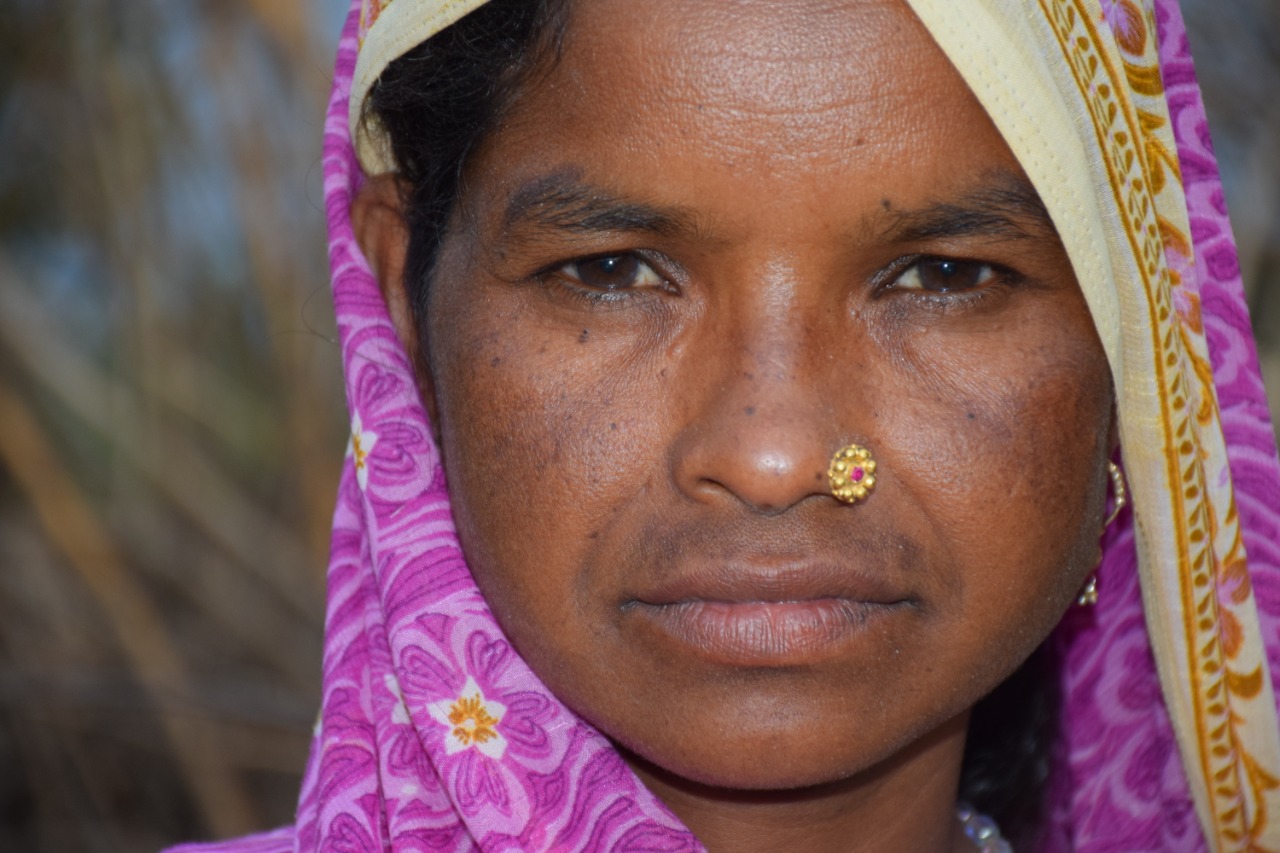
Mental Health Awareness in India: Addressing Key Challenges
8 Nov 2024
Mental health awareness is crucial in India, where millions silently struggle with mental health disorders, including depression, anxiety, and bipolar disorder. Despite growing recognition, India faces unique challenges in effectively addressing mental health issues. The stigma associated with mental illness remains a primary barrier. In Indian society, mental health issues are often misunderstood, leading to […]

Ensuring Girls’ Safety in India: A Path Toward Empowerment
20 Aug 2024
Girls’ safety in India remains a critical issue that has garnered increasing attention over the years. Despite various reforms and efforts from both government and civil society, challenges persist. From street harassment to domestic violence, gender-based discrimination continues to limit the freedom and safety of girls. While significant progress has been made in addressing these […]
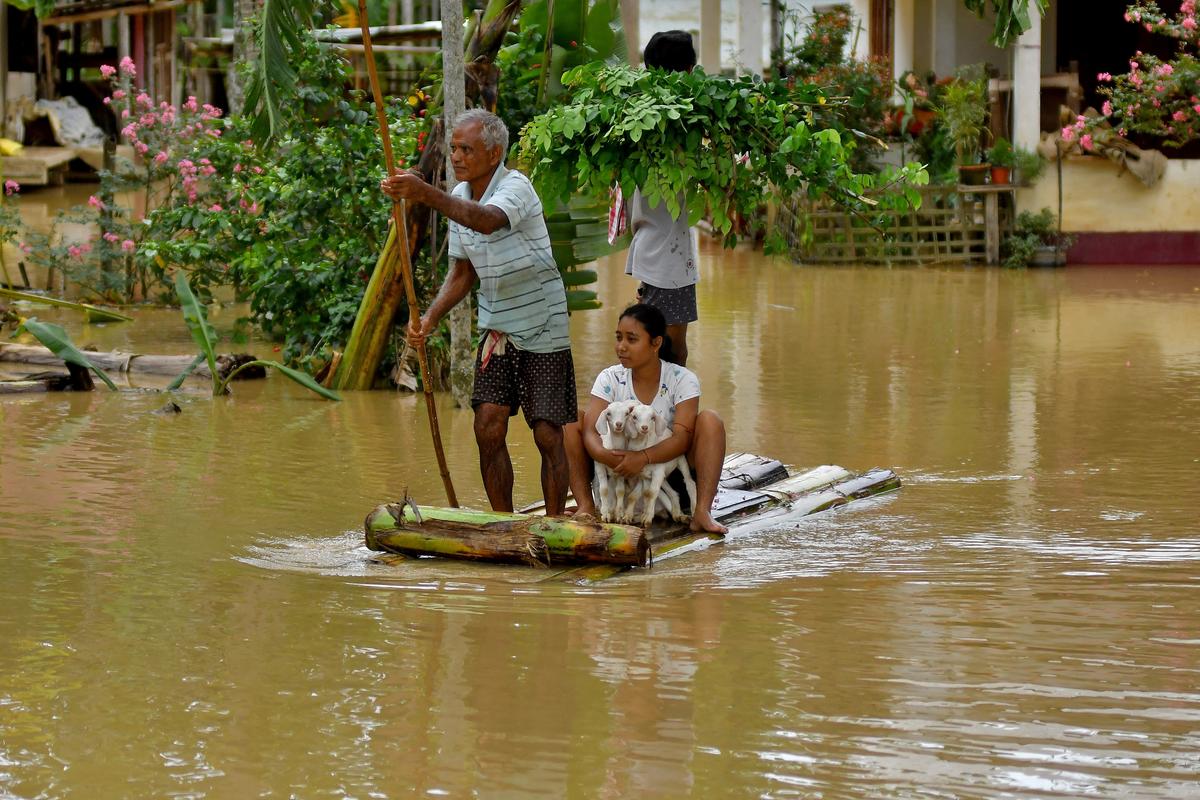
The Connection Between Monsoons and Floods in India: An In-Depth Analysis
9 Jul 2024
India, a land of diverse climates and geographical features, relies heavily on the monsoon season for its agricultural and water resources. However, with the benefits of the monsoon rains come significant challenges, particularly in the form of floods. This blog explores the intricate relationship between the monsoon season and flooding in India, providing detailed insights […]


